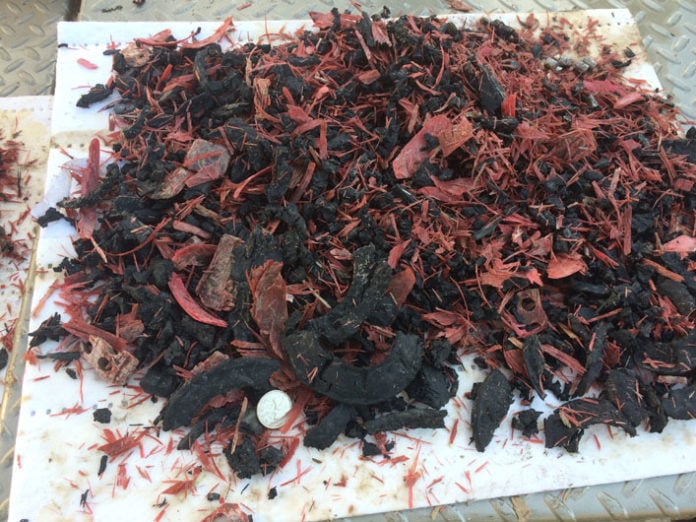If you work in drilling, completions, or production you probably heard about bridge plugs.
Bridge plugs are downhole tools used for isolation of the lower portion of the wellbore.
The most common application of bridge plugs is zonal isolation during hydraulic fracturing operations.
It is known as plug and perf.
After the zone is fractured, a bridge plug is installed above the zone to isolate this lower portion of the well.
This way the next fracturing treatment can go into the zone above.
Bridge plugs can also be used during well abandonment operations to prevent the well fluids from coming to the surface after the well is retired.
Other applications are cementing, acidizing, isolation of water zones, and well testing.
Most bridge plugs have slips that are used to grip into the casing, mandrel, and sealing element.
Related: What is Casing in Oil and Gas Drilling?
How Bridge Plugs are Set and Retrieved
Most bridge plugs are set using wireline or coiled tubing.
When the wireline is used, bridge plugs are pumped down the well using a fluid pump and activated using an electrical charge which is sent down the wireline cable.
When coiled tubing is used, bridge plugs are set mechanically by applying tensile force.
When it comes to removing bridge plugs from the well (for example after hydraulic fracturing operation) coiled tubing with a drilling bit is often used.
Alternatively snubbing or even a service rig can be used to drill out the bridge plugs in situations where coiled tubing cannot reach the target depth.
Related: How Coiled Tubing Milling Operations Are Performed?
Types of Bridge Plugs
The two main types of bridge plugs are permanent and retrievable bridge plugs.
Retrievable bridge plugs don’t require milling and instead can be retrieved with coiled tubing or wireline.
To remove permanent bridge plugs milling is required.
- Composite bridge plugs – are made of non-metallic materials and are usually used for temporary wellbore isolation. They are easy to remove with a coiled tubing drilling bit.
- Cast iron bridge plugs – are made of metal and usually provide better isolation than composite plugs. They also can be milled with coiled tubing but usually require more milling time.
- Dissolvable bridge plugs – don’t need to be retrieved after the operation and as the name implies they dissolve with time. Usually, higher temperatures result in a faster dissolution time.
Read next: What Are Packers In Oil And Gas?
